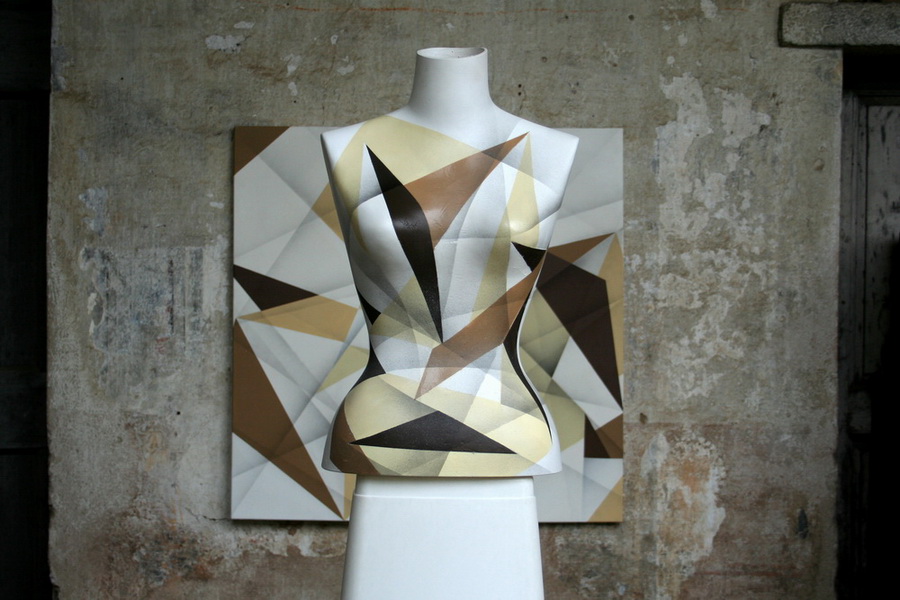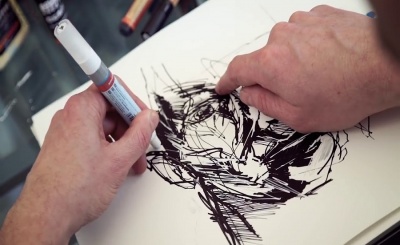What Is Anamorphism And How It Relates To Art?
The intentional distortion of an image is called anamorphism. It is the perspective of the image that is disturbed to give an optical illusion. Such images are best viewed from a certain angle to get the complete effect. More often than not, a camera or phone screen is the best vantage point because the naked eye is unable to process the distortion.
When it comes to art, anamorphism is used to create artwork with optical illusions. A flat surface is utilized to create a 3D piece of art that appears to come off the surface. They can be painted, drawn in chalk or sketched using pencils.
The Two Well-Known Artists In Anamorphism
There are many other prominent anamorphic artists, but the two most famous are:
- Kurt Wenner has been creating anamorphic art for years, which is why his work is the most intricate. Google Kurt Wenner, and you will get an endless number of images that boggle the mind with their fine details. He is most known for recreating Renaissance classicism in 3D street art. Believe us; his skill is next level and worth seeing.
- The second renowned name in the industry is John Pugh even though his anamorphic art is not strictly so. The artist creates ‘trompe-l’œil,’ which means deceiving the eye. The art John creates when seen from the front, or what is known as the conventional point of view, deceives the person in thinking that the artwork is real. When seen from any other angle, the art distorts.
What John Pugh does now was initially used by Renaissance painters. It is how they made sure that church ceilings made it look like the heavens were directly above their heads.







